As part of the Aspen Ideas Festival's design track, Peter Hirshberg explores the implications of Big Data--and how artists are vital in helping us understand and interpret this phenomena. The Art of Data exhibit is on view in The Resnick Gallery, lower floor of the Doerr-Hosier Center through September 2nd. It can be seen online at www.theartofdata.org.
"Today, with big data and its implications so important to citizenship and society, artists are at the forefront of helping us see and understand data in altogether new ways. And the questions they ask help us process our collective anxiety and fascination with the phenomena of a pervasively instrumented world."
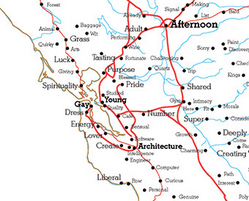
Ours is the era of pervasive data: we are surrounded by signals and sensors that chronicle everything about our world and our lives. Web and mobile phone usage patterns reveal much about our behavior. Soon practically every device will be a connected device: our cars, fitness monitors, streetlights, and buildings will all participate in the data production economy. This represents a shift in the human condition, a shift in what it means to be human when everything about us can be quantified, measured, analyzed, and nearly permanently stored. All this creates unprecedented economic opportunity, but also new anxieties about privacy, identity and the nature of hyper-quantified humanity. Enter the artist, who has always helped us see the world in new and different ways. New technologies have also reliably led to disruptive advances in art: think what perspective did for the renaissance or how the portable oil tube enabled the impressionists to move outdoors and paint in natural light. So consider what a moment this is for artists as they embrace a new medium: the world of data.
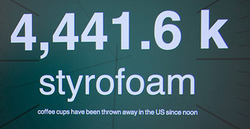
The artists in this show are pioneers in developing the visual language that makes data captivating, expressive and meaningful. They follow in the tradition of filmmakers, photographers and pop artists who embraced new technology throughout the 20th century, and explored the intersection of commercialism and art. These works take us beyond literal data visualization (a staple of science, business and journalism) to help us see the unexpected in data, gain a sense for its cultural meaning, and make the otherwise abstract into an emotional experience. They don’t provide ready answers, but rather ask questions about how data is represented, interpreted and used in society.

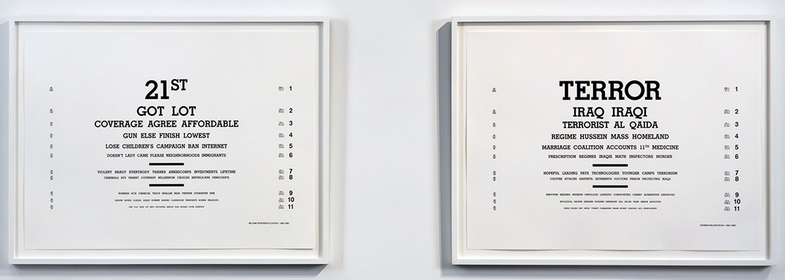
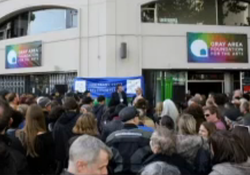
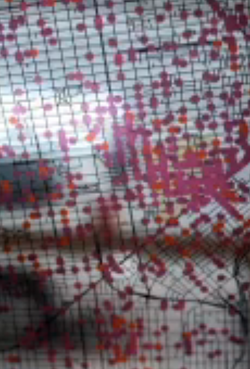

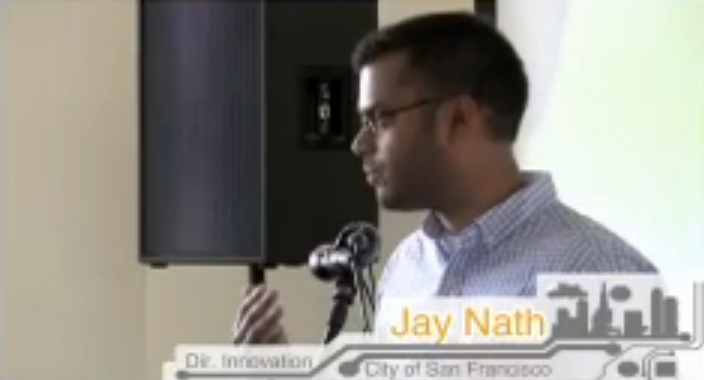
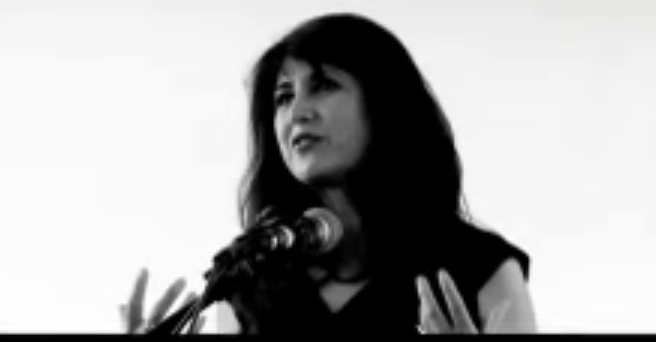
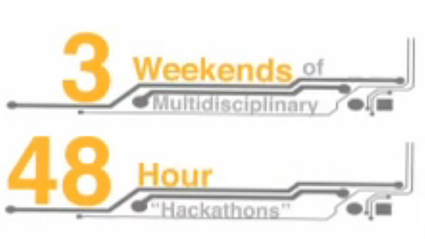
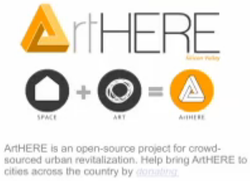
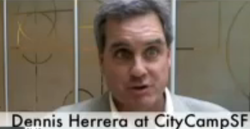
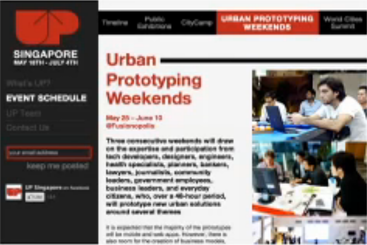

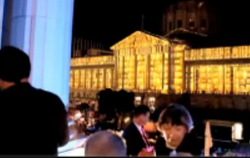
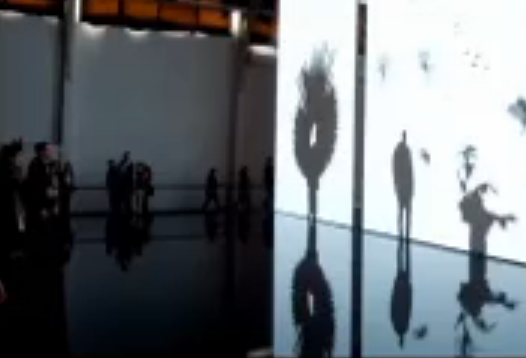
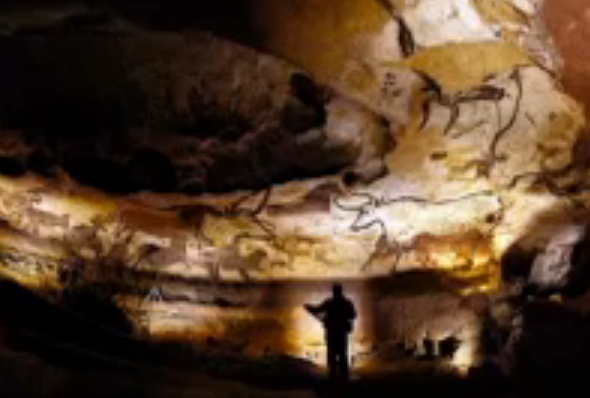
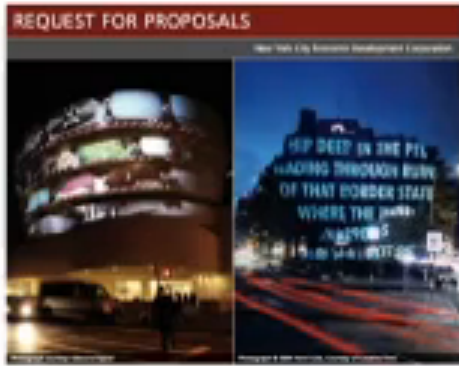
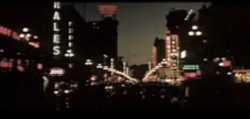
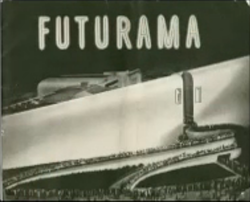

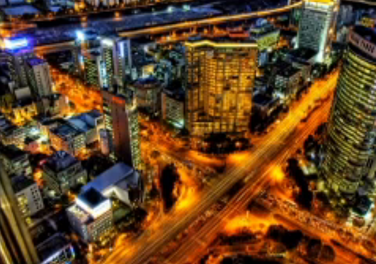
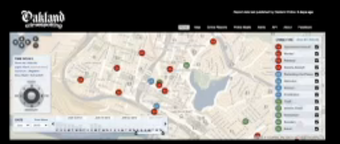
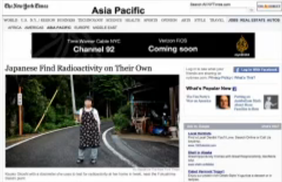
 RSS Feed
RSS Feed
